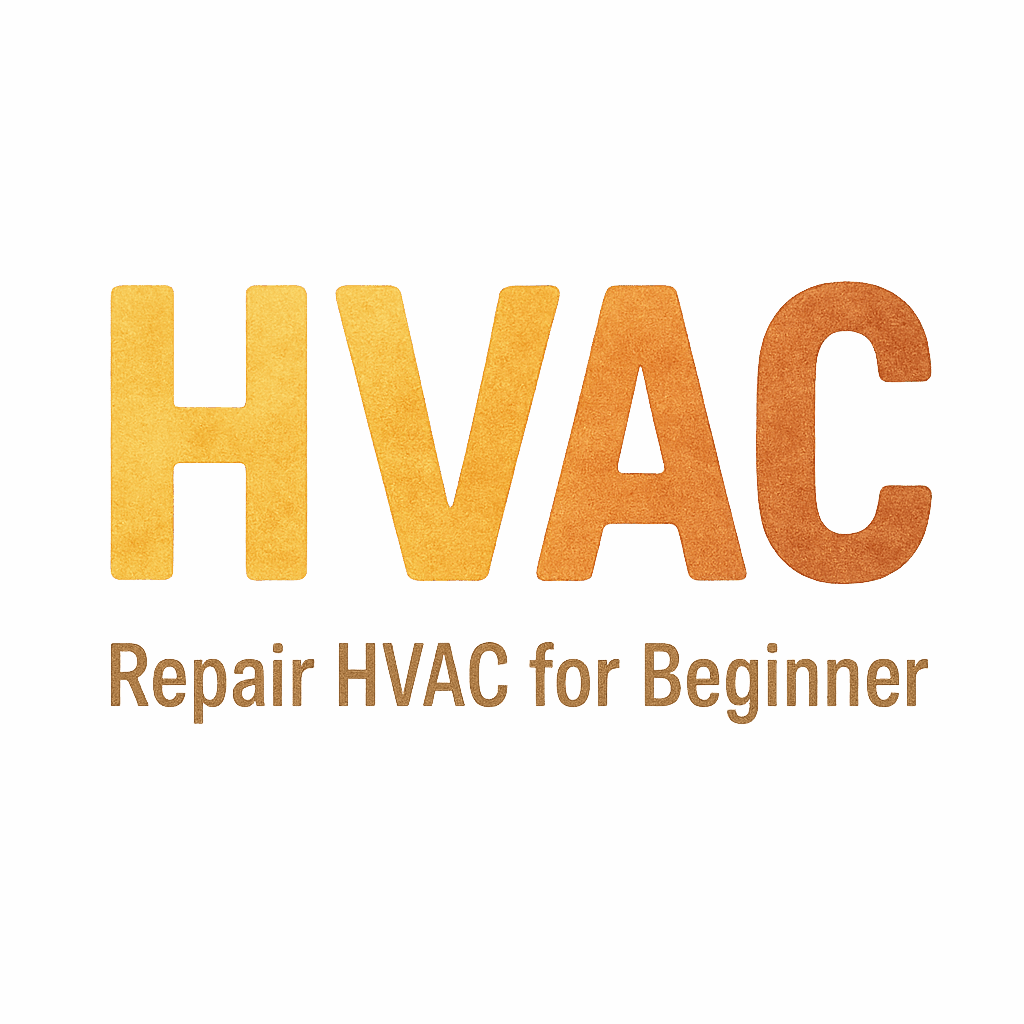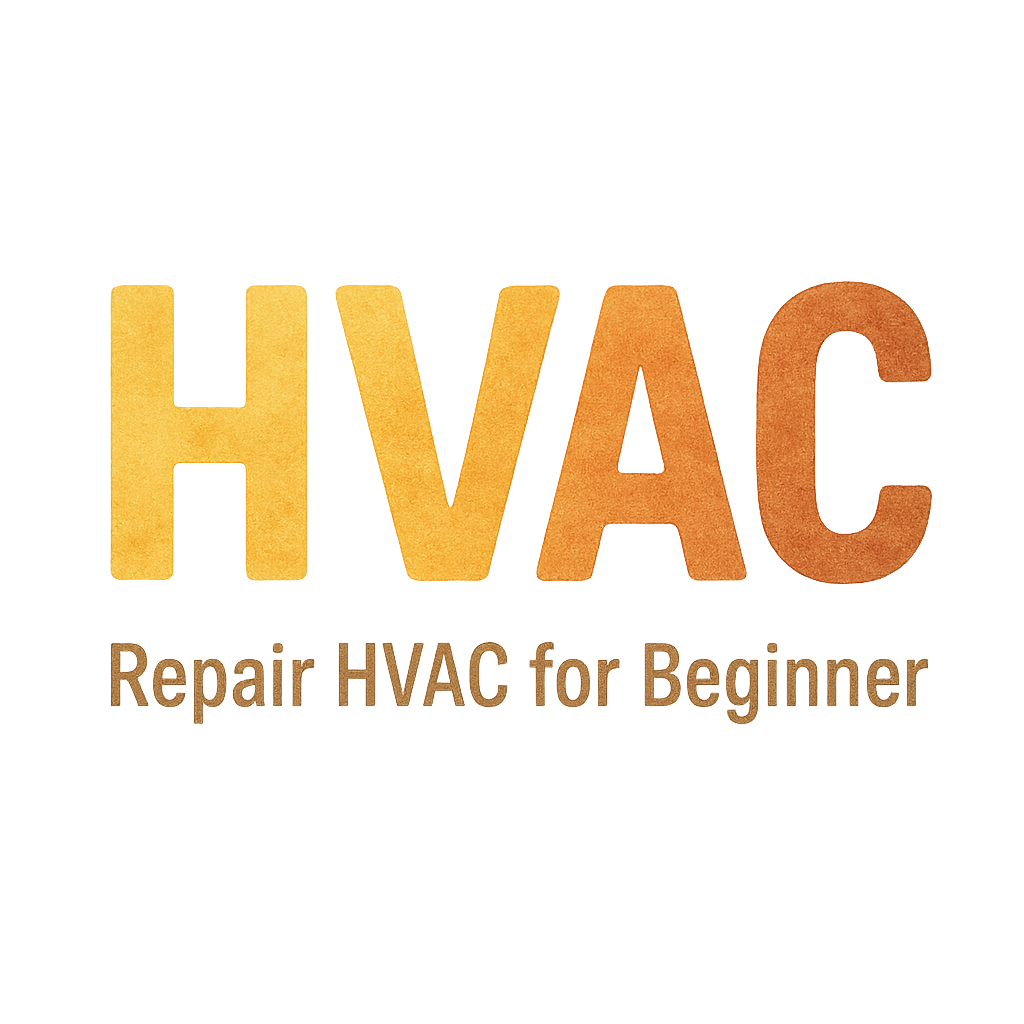Introduction to HVAC Airflow Issues
HVAC (Heating, Ventilation, and Air Conditioning) systems are crucial for maintaining a comfortable indoor environment. They regulate temperature, humidity, and air quality within your home or building. When HVAC systems perform optimally, you feel comfortable in your space, but poor airflow can lead to inefficient systems, higher energy bills, and uneven room temperatures.
In this article, we’ll explore 7 ways to detect HVAC airflow problems. These tips will help you identify issues early, keeping your system in good shape and potentially saving you money on repairs.

What is Airflow in HVAC Systems?
Airflow refers to how air moves through your HVAC system and ducts. It is responsible for distributing heated or cooled air to various rooms in your home. Proper airflow ensures your HVAC system functions effectively, balancing temperature, and contributing to system longevity.
Importance of Proper Airflow
Without proper airflow, your HVAC system can experience strain. Blocked or obstructed airflow can lead to uneven temperature distribution, increased energy use, and early wear on system components. Maintaining proper airflow is crucial to optimize system performance and improve energy efficiency.
Common Symptoms of Airflow Problems
Airflow issues in your HVAC system can be subtle at first. However, certain signs indicate that something is off with the airflow. Recognizing these symptoms early can help avoid costly repairs or replacements.
Uneven Temperature Distribution
One of the first signs of airflow problems is uneven temperatures throughout your home. Certain rooms may be too hot or cold, even when your thermostat is set correctly. This could indicate blocked ducts, issues with air filters, or problems with your HVAC system’s blower.
Strange Noises from the HVAC System
If your HVAC system begins making strange sounds, it might be a sign of airflow issues. Whistling, rattling, or grinding noises can indicate air is struggling to pass through ducts or vents. These noises are often caused by blockages or malfunctioning components.
High Energy Bills
An increase in energy consumption can be another sign that your HVAC system is struggling with airflow. When the system has to work harder to push air through clogged ducts or dirty filters, it consumes more energy, raising your energy bills. HVAC maintenance can help prevent this issue.
7 Ways to Detect HVAC Airflow Problems
Let’s dive into the practical steps you can take to detect airflow problems in your HVAC system.
1. Check Air Vents and Registers
A simple yet effective way to detect airflow problems is by inspecting your air vents and registers.
How to Inspect Air Vents
Start by ensuring all vents are open and free from obstructions. If furniture or rugs are blocking vents, air cannot flow properly. Dust and debris buildup can also obstruct airflow, so regular vent cleaning is important.
2. Test for Blockages in Ductwork
Blockages in your ducts can significantly reduce airflow and system efficiency.
How to Find Duct Blockages
Inspect visible ductwork for any signs of damage or blockages. Use a flashlight to look inside the ducts for dust buildup or foreign objects. If you suspect a blockage but can’t locate it, you may need a professional duct cleaning. Learn more about duct cleaning services here.
3. Assess the Air Filter
A dirty air filter is one of the most common causes of airflow problems in HVAC systems.
Importance of Clean Air Filters
Clogged filters restrict airflow, forcing the system to work harder to circulate air. This can lead to poor system performance and higher energy costs. To avoid this, replace or clean your air filter every 1-3 months, depending on your system’s usage. Regular filter checks are an essential part of HVAC maintenance.
4. Inspect the Blower Motor
The blower motor is responsible for moving air through the ducts, so any malfunction here can directly impact airflow.
Signs of Blower Motor Malfunctions
If you notice weak airflow or strange noises like humming or grinding, your blower motor may need attention. A malfunctioning blower motor should be inspected and repaired by an HVAC professional to avoid further damage. Find out more about HVAC repair services here.
5. Check for Leaks in Ductwork
Leaky ducts can lead to significant airflow problems by allowing air to escape before it reaches its destination.
How to Find and Seal Leaks in Ducts
Look for visible gaps or holes in your ducts. If you suspect leaks, conduct a simple test using a smoke pencil or incense. If the smoke is drawn away from the duct, this indicates a leak. Sealing ducts with mastic or foil tape can resolve many leaks, improving airflow. For professional duct sealing services, click here.
6. Evaluate System Pressure
Airflow problems may also stem from improper system pressure, which can prevent air from circulating effectively.
The Role of Static Pressure in HVAC Systems
Static pressure measures the resistance air encounters as it moves through the ducts. Too high or too low static pressure can cause airflow problems. If you suspect pressure issues, contact a professional HVAC technician who can evaluate your system’s pressure and make necessary adjustments. Learn more about HVAC system diagnosis here.
7. Look for Inconsistent Airflow in Different Rooms
Inconsistent airflow in various rooms often points to a problem in the ducts or with the HVAC system’s design.
How to Test Airflow Consistency
Use an anemometer to measure airflow at different registers. If certain rooms have weak airflow, it might indicate a duct obstruction, a failing blower motor, or imbalanced system settings. A professional inspection can help identify the root cause of the problem. Explore troubleshooting tips for HVAC systems here.
How to Fix Airflow Problems
Once you’ve identified the cause of your airflow issues, it’s time to take action. Here are some common fixes:
Cleaning and Replacing Air Filters
Regularly replacing or cleaning your air filter is the easiest way to improve airflow. A clean filter ensures air flows freely through the system, improving both performance and energy efficiency.
Repairing Ductwork and Sealing Leaks
If you discover leaks or blockages in your ducts, repair them promptly. Sealing ducts can help prevent air loss, improving system efficiency and airflow.
Hiring an HVAC Professional for Complex Issues
For more complex airflow issues, like blower motor malfunctions or system pressure problems, it’s best to consult an HVAC professional. Get expert HVAC repair services here.
Conclusion: Keeping Your HVAC System Running Efficiently
Proper airflow is vital for ensuring that your HVAC system operates at peak efficiency. By regularly inspecting your vents, filters, ducts, and blower motors, you can detect airflow issues early and prevent costly repairs. If you’re unsure about any issues, don’t hesitate to contact a professional for a thorough HVAC system diagnosis.
FAQs
- How often should I change my HVAC air filter?
Air filters should be replaced every 1-3 months, depending on usage and the type of filter. Regular filter changes are essential for maintaining airflow and system efficiency. - What are the signs that my HVAC system is not getting enough airflow?
Signs include uneven temperatures, high energy bills, and unusual sounds coming from the system. Learn more about airflow problems here. - Can I fix airflow problems myself?
Many airflow problems, such as dirty filters or blocked vents, can be fixed by yourself. However, for complex issues, it’s best to consult a professional. - What causes leaks in the ductwork?
Leaks can be caused by poor installation, age, or damage over time. Sealing leaks is essential for maintaining proper airflow and system efficiency. - How can I improve airflow in my home?
Cleaning vents, replacing filters, and sealing ducts are simple ways to improve airflow. Regular HVAC maintenance can also help keep the system in good shape. - Why is my HVAC system making a whistling sound?
Whistling sounds often indicate restricted airflow due to a dirty filter, blocked vents, or malfunctioning components. - What should I do if I have inconsistent airflow in my home?
Check for blockages or leaks in the ducts, and make sure your system is properly balanced. If problems persist, consult an HVAC technician for a detailed system diagnosis.


